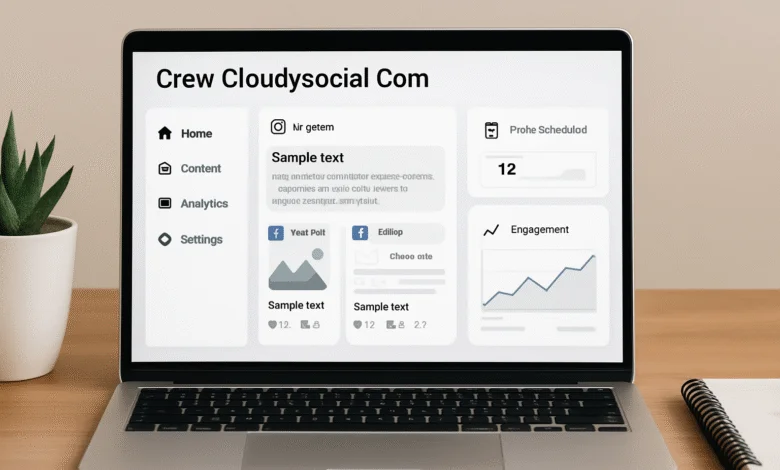Many articles and studies have been published that endorse the presence of collaboration-friendly environments to take businesses to the next level. But there always seems to be a gap remaining in the effective execution of such team collaboration atmospheres.
According to a survey by the Queen University of Charlotte, 39% of surveyed employees across the globe say people in their organization don’t collaborate enough!
Every organization out there has worked to promote collaboration and communication. A team consists of a cross-section of people from different generations and experience levels. This is to be done to encourage multiple perspectives without judgement and stress the importance of teamwork (both of which are essential to effectively cultivate a collaborative environment). For which, mission statements too should be inclusive. For example – To serve a trusted partner to our customers, our community and our coworkers. (it’s all about 24/7 collaboration).
The following are five key components of purpose-driven collaboration:
1. Diversity and Inclusion –
Let us paint a picture for you, think about a situation where you were engaging in a healthy debate/conversation about a topic or striving to meet a deadline for your client. If each of the team members engaged in the discussion viewed the variables the same way, it’s highly possible that very little originality came out from that conversation. This (time wasted on immediate agreement) could have been avoided by having a single individual responsible for the action. But if you want creative solutions to your problems, such healthy conflicts and differing opinions are needed.
Thus, a business should always encourage diversity by welcoming all comments and suggestions. Simply put, listen without any judgement and take the idea forward.
2. Equality For All –
For successful team collaboration, each idea from every team member presented must be given equal weight. Always make sure to create a judgement-free environment. Often, when one individual controls everything, productivity is hampered.
3. Energy Sync
If the interaction is not included as a part of your team collaboration and communication, then you have to question the following – Why email exchanges don’t produce the same result? It is because email exchanges are transactional and in the case of group meetings, emotional engagement happens. This leads to a highly motivated and driven team.
4. Action-Oriented Team Culture –
Team collaboration without an action plan is a waste of time. Producing desired results demands an action plan, role and responsibility identification, time and task management. Thus, for a team to act together, businesses require a unified platform for team collaboration.
5. Use of an Efficient Team Collaboration Software –
Pick up a team collaboration software system that is easy-to-use, economical and productive. One such platform is Workspaces by Zapoj. This software system helps increase productivity, especially for remote working teams. Here are the features that Workspaces provides:
-
For Teams of Various Sizes
- Team Messaging, Shared Drive, Conference Rooms (Audio/Video), Shared Calendar, Project Management and Access Controls.
- You can use them for public announcements and private communication too.
- For team members having varied needs, they can send direct messages, use the personal drive, collaborate on a team calendar, take important calls, start instant messaging groups for quick collaboration and communication.
- All your files and communications are made secure by providing multi-authentication, role-based access, and data encryption.
- It is available as a web app, mobile app and desktop application.
These are the five components of effective team collaboration. And in the current remote working culture, they are essential for every team to enhance their productivity.











